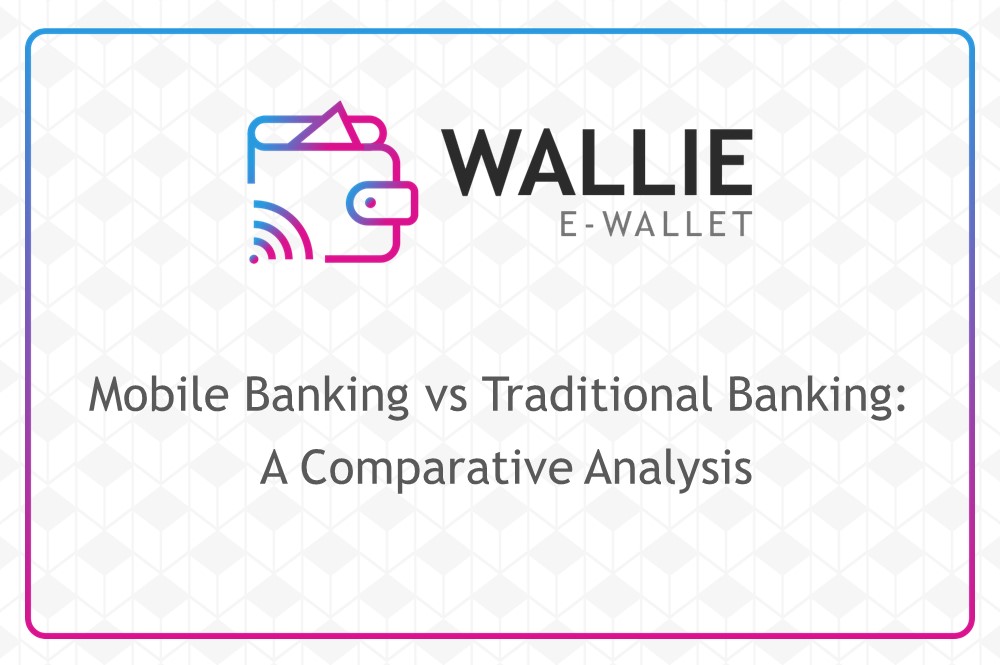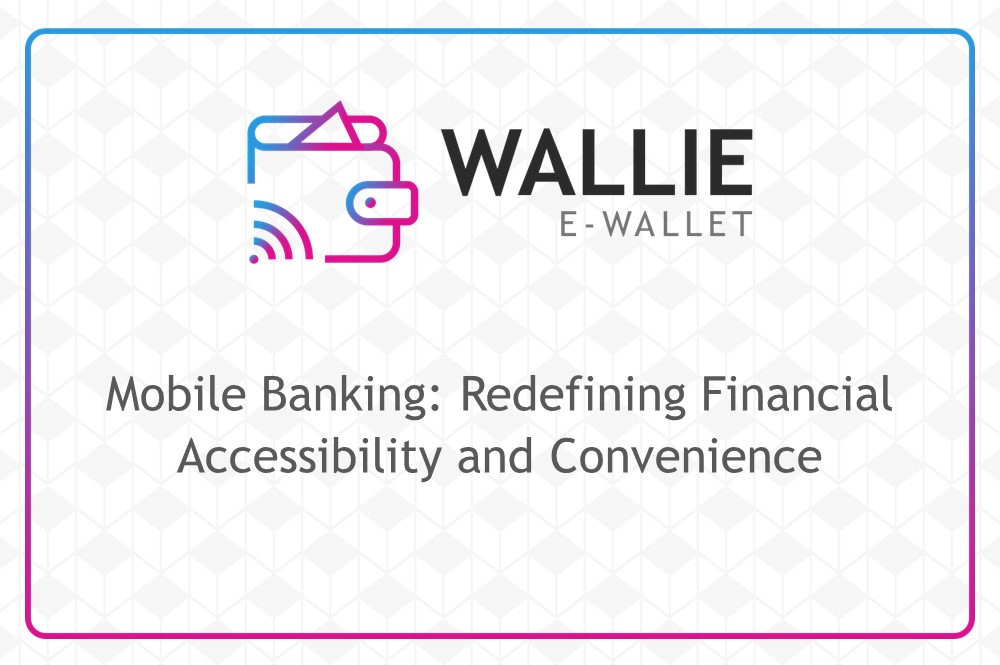Mobile Banking vs. Traditional Banking: A Comparative Analysis
Jul 23, 2024 - 2 MINS READ

In the digital age, the rivalry between mobile banking and traditional banking has intensified, as consumers weigh the benefits and drawbacks of each approach to managing their finances. While traditional banking offers a familiar and established framework, mobile banking promises unparalleled convenience and accessibility. Let's compare and contrast these two banking paradigms, examining their respective strengths, weaknesses, and implications for users in the modern banking landscape.
Accessibility and Convenience:
-
Mobile Banking: With mobile banking, users can access their accounts, make transactions, and manage their finances anytime, anywhere, using their smartphones or tablets. The convenience of mobile banking eliminates the need for physical branch visits and allows users to conduct banking tasks on the go.
-
Traditional Banking: Traditional banking requires users to visit physical bank branches during operating hours to perform transactions, open accounts, or seek assistance from bank representatives. While traditional banking offers face-to-face interactions and personalized services, it lacks the flexibility and immediacy of mobile banking.
Cost and Fees:
-
Mobile Banking: Many mobile banking services offer low or no fees for basic transactions, such as checking balances, transferring funds, and paying bills. Additionally, mobile banking eliminates the costs associated with maintaining physical branch networks, allowing banks to pass on cost savings to users.
-
Traditional Banking: Traditional banks may impose fees for various services, including monthly account maintenance fees, overdraft fees, and transaction fees. Moreover, users may incur additional costs, such as ATM fees or branch visit fees, when accessing banking services in person.
Range of Services:
-
Mobile Banking: Mobile banking apps offer a wide range of banking services, including account management, fund transfers, bill payments, mobile check deposits, and budgeting tools. Some mobile banking apps also integrate additional features, such as peer-to-peer payments, investment management, and loan applications.
-
Traditional Banking: Traditional banks provide a comprehensive suite of financial products and services, including checking and savings accounts, loans, mortgages, investment products, and wealth management services. Additionally, traditional banks offer in-person assistance, financial advice, and specialized services tailored to individual needs.
Security and Trust:
-
Mobile Banking: Security measures in mobile banking, such as biometric authentication, encryption protocols, and fraud detection systems, are designed to safeguard users' financial information and prevent unauthorized access. However, concerns about data breaches, mobile malware, and phishing attacks remain prevalent among mobile banking users.
-
Traditional Banking: Traditional banks have established security protocols and safeguards to protect users' funds and sensitive information. Bank branches provide a physical presence where users can interact with bank representatives, verify transactions, and seek assistance, fostering trust and confidence in the banking relationship.
User Experience and Innovation:
-
Mobile Banking: Mobile banking apps offer intuitive interfaces, seamless navigation, and personalized experiences tailored to users' preferences and behaviors. Moreover, mobile banking continually evolves with technological advancements, incorporating features such as AI-driven insights, voice banking, and augmented reality to enhance user engagement and satisfaction.
-
Traditional Banking: While traditional banking provides personalized customer service and face-to-face interactions, it may lag behind mobile banking in terms of innovation and technological capabilities. Traditional banks are increasingly investing in digital transformation to modernize their services and meet evolving customer expectations.
In conclusion, the comparison between mobile banking and traditional banking underscores the trade-offs between convenience, accessibility, cost, and trust. While mobile banking offers unparalleled convenience and accessibility, traditional banking provides personalized services, face-to-face interactions, and a sense of security. Ultimately, the choice between mobile banking and traditional banking depends on individual preferences, lifestyle, and banking needs, highlighting the importance of offering diverse banking options to meet the diverse needs of users in the modern banking landscape.






